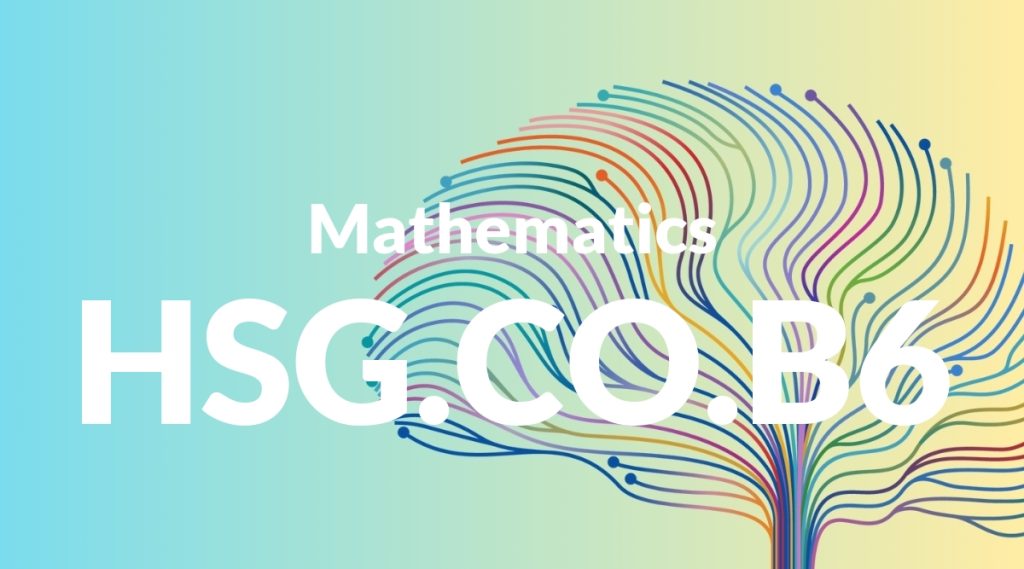Standard: HSG.CO.B6 – Use geometric descriptions of rigid motions to transform figures and to predict the effect of a given rigid motion on a given figure; given two figures, use the definition of congruence in terms of rigid motions to decide if they are congruent.
Grade level: High School: Geometry
Subject: Mathematics
Domain: Congruence
Teacher Overview
This standard focuses on understanding and applying the concept of rigid motions (translations, rotations, and reflections) to determine the congruence of geometric figures. It is essential for developing students’ spatial reasoning and their ability to analyze and solve geometric problems. Students should have a solid grasp of basic geometric shapes, transformations, and the coordinate plane. They should also understand the properties of congruent figures.
Mastering this standard prepares students for more advanced geometric concepts, including proofs and theorems. It also lays the groundwork for understanding similarity and scaling in future lessons.
Common Misconception 1
A common misconception is that congruent figures must be oriented in the same direction. This is incorrect because congruence is defined by the size and shape of figures, not their orientation.
Intervention 1
Use hands-on activities with physical shapes to show that congruent figures can be rotated or reflected and still be congruent. Encourage students to manipulate shapes and observe that their properties remain unchanged.
Common Misconception 2
Another misconception is confusing congruence with similarity, where students think figures of different sizes can be congruent. This is incorrect because congruent figures must be identical in size and shape.
Intervention 2
Provide clear examples and non-examples of congruent and similar figures. Use visual aids and interactive activities to emphasize the importance of size and shape in determining congruence.
Prerequisite Knowledge
Students should understand basic geometric shapes, the concept of transformation (translation, rotation, reflection), and the coordinate plane. They should also be familiar with the properties of congruent figures.
Subsequent Knowledge
After mastering this standard, students will be able to apply their understanding of congruence and transformations to more complex geometric proofs and theorems. They will also be prepared to explore similarity and scaling in geometric figures.
Instructional Activities
- Using graph paper to perform translations, rotations, and reflections on geometric figures
- Interactive geometry software to visualize and manipulate shapes
- Group activities where students determine congruence of different figures
- Real-world problem-solving tasks involving design and engineering applications
- Creating art projects that involve symmetrical patterns and transformations




